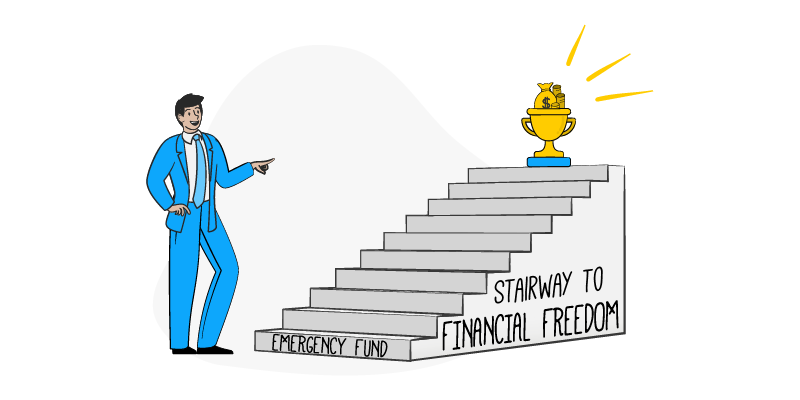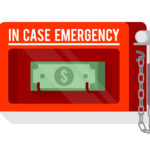Starting a safety net for unexpected events is a foundational step in securing financial well-being. This guide outlines key strategies to initiate this crucial reserve.
By adhering to these steps, you can methodically build a buffer to protect against life’s financial surprises, ensuring peace and stability.
Understanding the Importance of An Emergency Fund
Before diving into the how-to, comprehending the significance of an emergency reserve is crucial. It acts as a financial buffer that prevents the need to borrow in case of unexpected expenses.
Common wisdom suggests saving enough to cover three to six months of living expenses, providing a cushion for job loss, medical emergencies, or significant unforeseen expenses.
Without this fund, you’re at risk of falling into debt when faced with sudden financial needs, undermining your long-term financial health.
An emergency fund offers peace of mind, knowing you’re prepared for life’s uncertainties.
Determine Your Target Fund Size
Start by calculating your monthly expenses, including bills, groceries, and any other regular spending. This total gives you a benchmark for how much you’ll need in your fund.
Consider your lifestyle, obligations, and dependents when deciding on the size of your fund. Single individuals might need less, while families or those with unstable income might aim for a larger buffer.
Adjust your target as your financial situation changes, whether due to income changes, lifestyle shifts, or inflation.
Open a Separate Savings Account
Start your fund by opening a dedicated savings account. This separation helps avoid the temptation to spend these reserves on non-emergencies.
Look for accounts with higher interest rates to maximize your fund’s growth. Many banks offer no-fee accounts specifically designed for savings.
Make sure this account is easily accessible. While you want to avoid unnecessary withdrawals, you also need to ensure you can access the funds quickly in an emergency.
Automating transfers from your checking to your savings account can simplify the saving process.
Labeling this account specifically as your “Emergency Fund” can serve as a constant reminder of its purpose and importance.
Start Small and Build Gradually
Initiating your fund can be the hardest part. Start with a manageable goal—like saving $1,000—and gradually increase your target.
Even small contributions can add up over time. Consistency is key, rather than the amount saved each month.
Consider using unexpected windfalls, such as tax refunds or bonuses, to bolster your fund.
Review your budget for areas to cut back on spending temporarily while you build this fund.
Remember, the goal is to build a fund that can sustain you through emergencies, not to create additional financial strain.
Monitor and Adjust Your Contributions
As your fund grows, regularly review and adjust your contributions. Increase your savings rate as your income grows or as you find more budgetary room.
Be mindful of any withdrawals from the fund. Replenish it as soon as possible to maintain your target level.
Periodically review your target fund size to ensure it remains aligned with your current living expenses and financial situation.
Celebrate milestones in your saving journey to stay motivated. Reaching your first $1,000, then three months’ expenses, and so on, are achievements worth acknowledging.
Protect Your Fund
Resist the urge to dip into your emergency fund for non-urgent expenses. Establishing clear criteria for what constitutes an “emergency” can help protect your savings.
Consider additional financial products, like insurance, that can help cover some risks and lessen the need to withdraw from your fund.
Maintain a disciplined approach to your fund. It’s a critical component of your financial safety net, not a discretionary spending account.
With each step taken, reassess your financial health and adjust your emergency fund goals accordingly.
Conclusion
Starting and maintaining an emergency fund is a fundamental aspect of financial stability. It requires dedication, planning, and sometimes sacrifices, but the security it provides in times of need is invaluable.
By following these steps, you’re not just saving money, but investing in your peace of mind and future resilience against unexpected financial challenges.
The journey to financial security begins with the first step. Start your emergency fund today and navigate life’s uncertainties with confidence.


